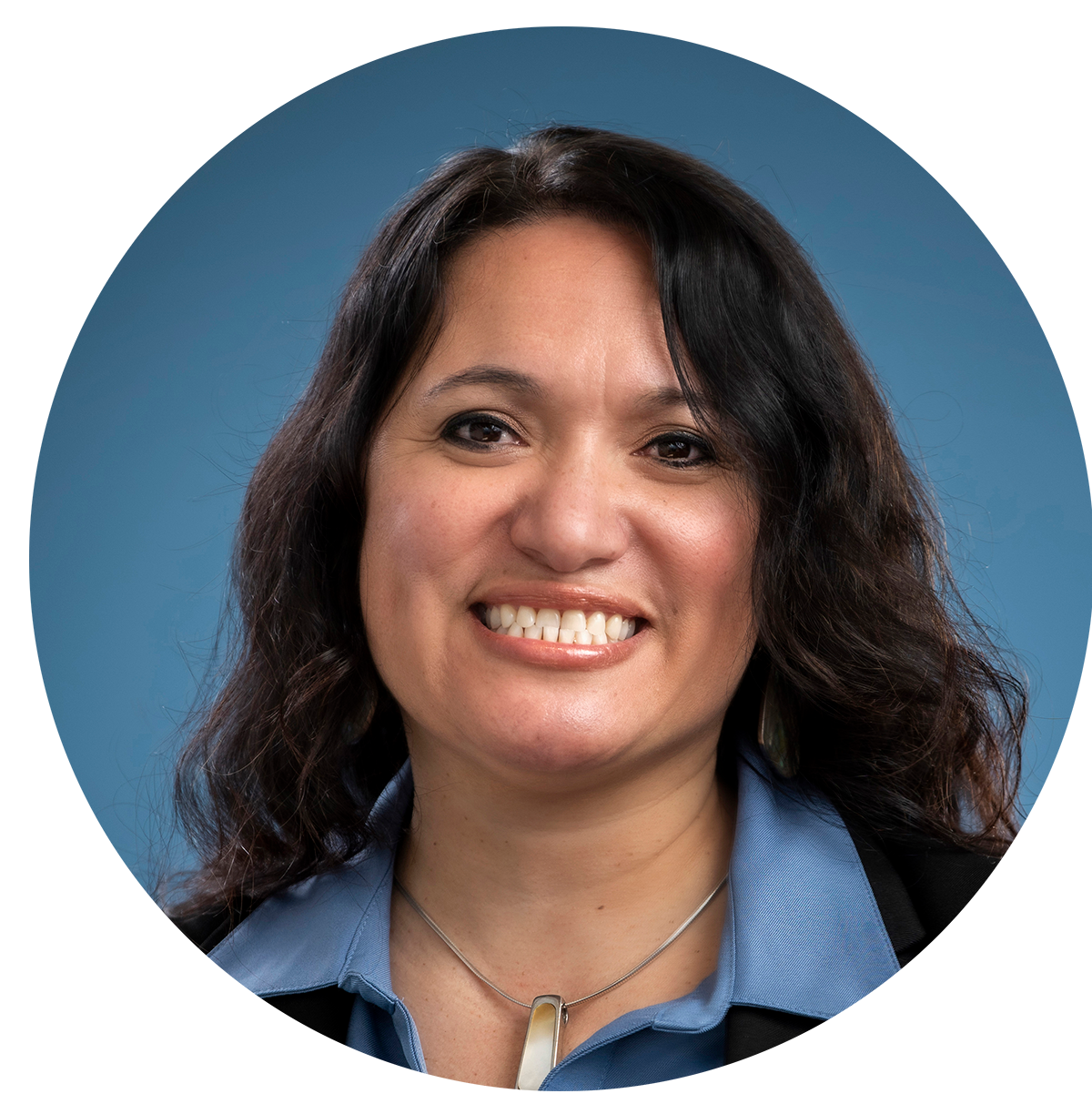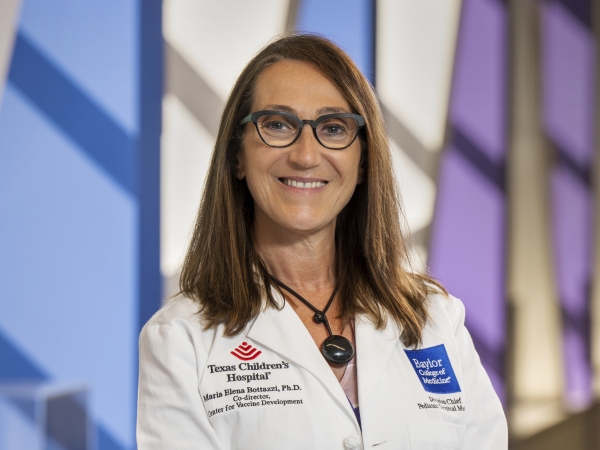Health Partner Insights is a continuing series where we tap the collective wisdom of our healthcare partners on current challenges, trends, and technologies.
 A conversation with Roxanne Vara MBA, BSN, director of Patient Care Services, Texas Children’s Hospital.
A conversation with Roxanne Vara MBA, BSN, director of Patient Care Services, Texas Children’s Hospital.
Vara started at Texas Children’s Hospital in Houston as a graduate nurse in 2000, spending the next two decades at the women and children’s hospital. She helped to establish the Texas Children’s Woodlands campus north of Houston and is now working on the North Austin expansion, set to open in February 2024.
“I am so excited and find it a privilege to be able to spread our services – and the Texas Children’s culture – to the Austin community,” Vara says. “We will have to be bold, innovative and open to change while staying true to the Texas Children’s standard of excellence. I have been a part of expansions on existing projects, but it’s so nice to be able to be involved from the beginning. You can really set the tone for success.”
The Partnership: Page has a long history of partnering with Texas Children’s Hospital on clinics, urgent care centers, dozens of expansions and renovations, and multiple greenfield hospital campuses, including the new Texas Children’s Hospital in North Austin.
Three Ways to Create a Patient-Centered Culture in a Pediatric Hospital:
1. Focus on comfort and choice. “When you take care of very sick children, you need to have surroundings that help them and their loved ones feel more comfortable and function better,” Vara says. “Some of our patient families are out of their home environment for weeks or even months.” The families are already stressed, so the physical environment needs to support them and allow for small decisions they can control, such as being able to open their room’s blinds or dim the lights. “These things sound so minute,” she says, “but they’re so important.”
2. Pay attention to details. “We put intentional thought into everything we do, from the colors of the walls to the smallest details in the design of the rooms: Where are the light switches? Are there enough plugs?” Vara says. “When families walk in, we don’t want it to be institutional-looking – we want it to be welcoming.” While planning the new hospital, the team asked for input from family advisors and healthcare workers and that feedback is reflected in the design.
3. Treat children and families as you would your own. “We treat the sickest of the sick,” Vara says. “I can look at that parent, who is so worried, and can say with confidence, you’re in the right place.” She recounts when her first-born was admitted to the NICU due to concerns about his heart. His first night at home, Vara and her husband were using the bulb suction, trying to ease his breathing. “My husband is a firefighter and I’m a pediatric nurse. He said, we need to call 911, and I said, honey, we are 911. When it’s your own child, that kind of goes out the window. If my husband, who has delivered babies, was that concerned in our situation, imagine how other parents feel.”
A Deeper Dive
When Roxanne Vara was growing up in Houston, she wanted to be a cheerleading coach or a teacher. Then her grandmother got sick and her aunt, who was a nurse, cared for her at home. “She brought peace to our family,” Vara says. “I wanted to have that impact.”
After graduating from Texas Woman’s University with a bachelor’s in nursing, she became a registered nurse and had her first clinical rotation at Texas Children’s Hospital in 2000. “Texas Children’s felt different, the culture – people were happy to be here, and to interact with patients and their families. You walk in the building, and you just feel it.”
Expanding Care and Culture
Texas Children’s, which sits within the internationally recognized Texas Medical Center in Houston, is the largest pediatric hospital in the nation with nearly 1,000 beds and is the pediatric teaching hospital for Baylor College of Medicine. U.S. News & World Report ranked Texas Children’s the No. 2 best pediatric hospital in the nation last year.
Vara’s had multiple roles at Texas Children’s over the past two decades, becoming nurse manager, assistant director of nursing, director

of nursing acute care, and director of the nursing emergency center. She was asked to help establish the Texas Children’s Woodlands campus north of Houston, which opened in 2017, and is now working on the Austin expansion.
“I see it as giving people a choice and access to high quality care closer to home,” she says.
With the current project – Texas Children’s hospital in North Austin, set to open in 2024 – a lot of the design and development phase had to be handled virtually due to the pandemic. “We’ve learned from each expansion project, getting better each time. We’re always thinking about patient experience: How could we improve this? Should we change where this room is?”
When the teams were able to convene in person, staff participated in simulations, including cardboard mock-ups: ‘Oh, now that I’m walking through it, maybe this equipment needs to be here instead of there…’ “The design team was very open and receptive, and we really appreciate that we were able to have input,” Vara says.
‘The Moments that Keep You Going’
When Vara is approaching a large project like Austin’s new, $485-million hospital, she finds it helpful to ground herself first. “You have to know your why. I intentionally pause and reflect: Why did I become a nurse? Why did I go into the healthcare industry?”
_0.jpg) She remembers, as a young nurse, the patient she met as a child who had more than 50 surgeries and later invited Vara to her wedding. “Those are the moments and experiences that keep you going,” she says.
She remembers, as a young nurse, the patient she met as a child who had more than 50 surgeries and later invited Vara to her wedding. “Those are the moments and experiences that keep you going,” she says.
And Vara is fully aware that staff require care and support as well, especially with something as emotionally taxing as caring for extremely ill children. “We have built-in respite rooms, nice environments to go and decompress. Lactation rooms, so nursing mothers don’t have to go off-unit. Communication boards, to receive feedback. We’re very intentional about creating a good environment for our teams,” she says.
As the mother of three active teenage boys who play sports, much of Vara’s free time is spent at her sons’ games and tournaments. “I’m that loud mom, cheering on the sidelines,” says Vara, who is currently varsity football team mom and booster club team mom coordinator.
Vara is looking forward to sharing Texas Children’s deep expertise and culture of care in Austin and beyond. “We want parents to know it’s our privilege and honor to care for their child,” she says. “And that we do it exceptionally well.”
